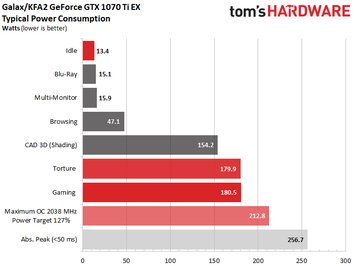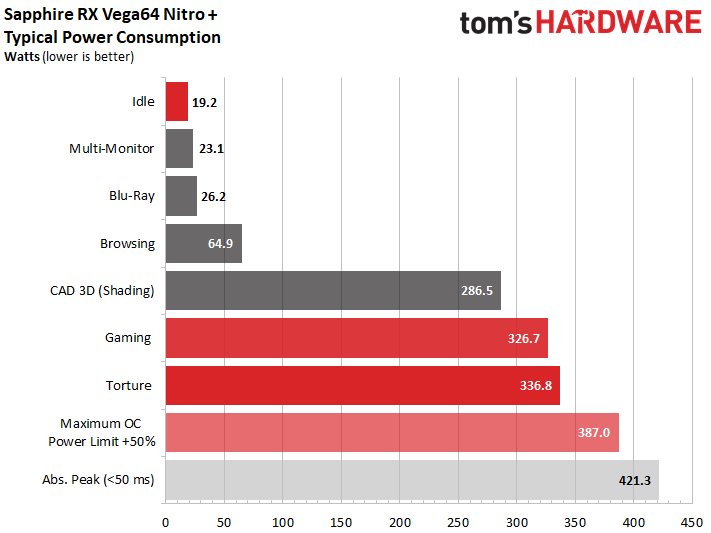You can turn it and turn it as you like, you definitely have to divide the tests into two categories. On the one hand, there are the rather realistic tests for the overclocking of the graphics cards, which can also be used with suitable games or should make benchmarks close to the game. On the other hand, real stress tests are only suitable for exploring the cooling solution and the stability of the power supply. Because not everything that is still stable in the Torture test has to guarantee stability later in the game. So you always have to test both, because the mouse does not bite off a thread.
Synthetic stress tests
Our personal favorite for maximum heating of the individual graphics card areas is the "MSI Combustor", which can also be configured very nicely. Whether the "GPU Burner" or the "Memory Burner", the maximum of the temperatures achieved is guaranteed. In addition, there are many other tests that can be used for further investigations, depending on your concerns and tasks.
Of course, almost none of the normal users always has a real thermal imaging camera at hand, but for this there is this article and the respective pictures of the exposed board. So you just have to follow our tracks and take similar tests if you want to go to the maximum. Nevertheless, despite all the euphoria, we must once again issue an explicit warning and refer to our introduction on the first page. You really need to know what you're getting into. Including all possible consequences!
Stability test with games
In some plausibility tests with very different hardware, we have found that especially current graphics cards from Nvidia, which have a rather tightly set Power Target, in "The Witcher 3" even slightly higher or at least the same achieved power consumption values. This "phenomenon" results from the almost always much more restrictive handling of the limits on Pascal cards. This does not always have to be the case, but it is often the case in practice.
 Typical GeForce GTX 1070 Ti Typical GeForce GTX 1070 Ti |
 Sapphire RX Vega64 Nitro+ Sapphire RX Vega64 Nitro+ |
This is another reason why you must have always tested at least one demanding game, otherwise you will quickly fail at your own claim to have the longest bar when overclocking. What is not stable in daily use has nothing to look for as a preset on the computer. But you can't help but always test both: games and synthetics.
Conclusion
There is a lot of software, but only a few, really optimally suitable beads. At the games, everyone should first test what is most likely to suit them personally and always keep their own hardware in mind. If you set older games such as "Metro Last Light", which also have an integrated benchmark as a loop, can be happy even for small money and also gets a game with a certain fun factor right away. "The Witcher 3" with the right map remains our first choice in the games, because it simply covers (almost) everything.
But even the current 3DMark can detect many problems and help to make the system more stable and faster. However, it is up to everyone to decide whether to take money for this. In the stress tests we favor the "MSI combuster", "OCCT" and "furmark", whereby the "MSI combuster" is by far the most versatile.
In this context, we would also like to refer to the second part, which will be published in a timely manner and which will then deal with both the stress of the CPU and the maximum load on the entire system. But for all at once, the content is too extensive.
- Part 1: Test graphics cards correctly (this test)
- Part 2: CPU stability test and stress tests of the overall system (click here)
- 1 - Einführung und Testsystem
- 2 - Witcher 3, Doom (2016), Metro LL
- 3 - 3DMark Fire Strike, Time Spy, Sky Diver
- 4 - Unigine Valley, Unigine Superposition
- 5 - Furmark, OCCT
- 6 - MSI Kombustor
- 7 - powerMAX, Aida64, Heavy Load
- 8 - Leistungsaufnahme und GPU-Temperaturen
- 9 - Komponenten-Temperaturen (Memory, VRM, Package)
- 10 - Zusammenfassung und Fazit
































Kommentieren